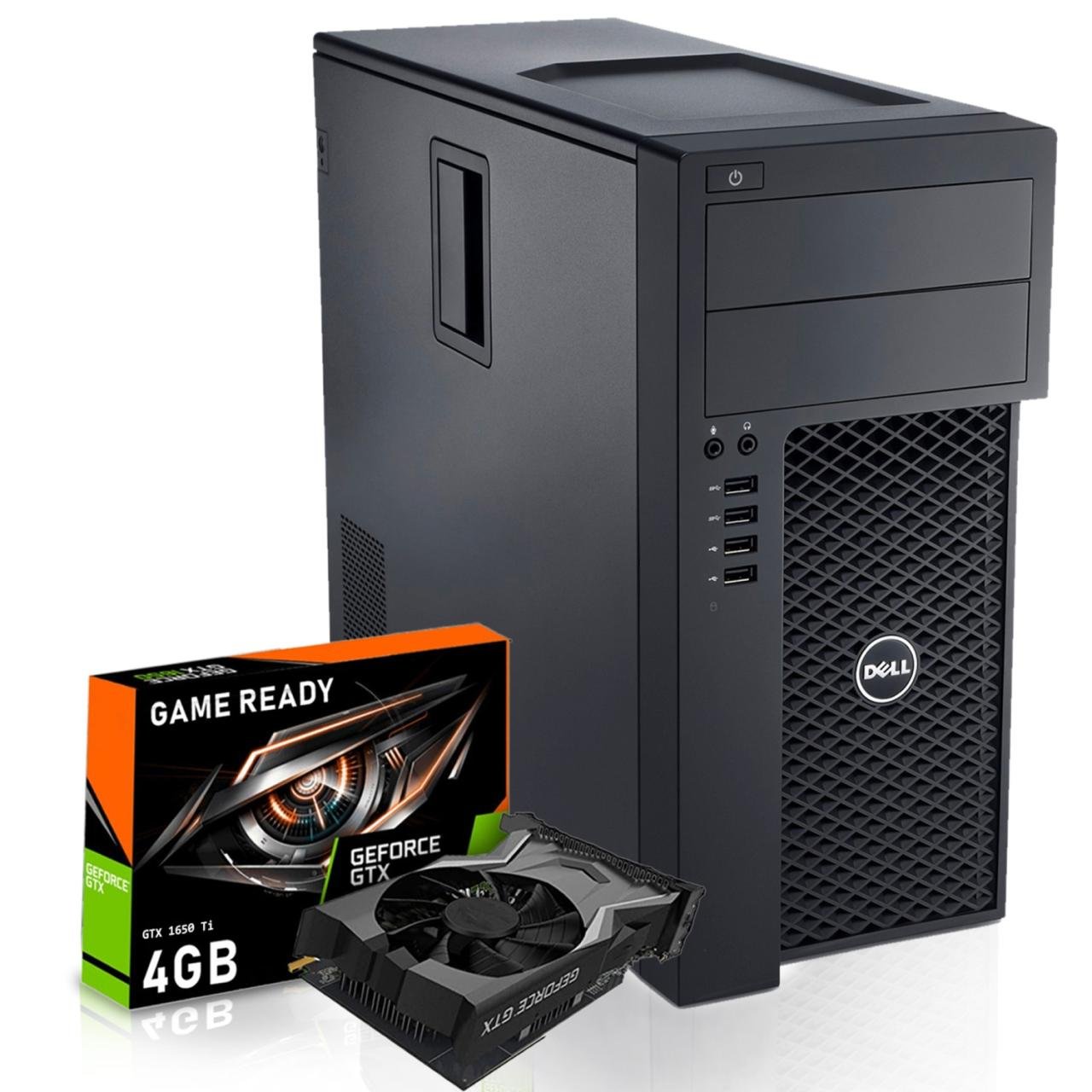Best dell gaming computer sets the stage for this enthralling narrative, offering readers a glimpse into a story that is rich in detail and brimming with originality from the outset.
The Dell gaming computers have gained a reputation for delivering top-notch performance, stunning graphics, and exceptional build quality. Designed with gamers in mind, these machines boast powerful processors, advanced cooling systems, and customizable features to enhance your gaming experience. Exploring the best options available allows gamers to make informed choices and invest in a device that meets their needs.
In today’s fast-paced world, the importance of effective communication cannot be overstated. Whether in personal relationships, professional environments, or casual encounters, the ability to convey thoughts clearly and listen actively is essential for fostering understanding and collaboration. This article explores the various facets of communication, including its definition, types, barriers, and tips for improvement.### The Definition of CommunicationAt its core, communication is the process of exchanging information, ideas, thoughts, and feelings between individuals or groups.
This exchange can occur through various channels, such as spoken or written words, body language, and even non-verbal cues like gestures and facial expressions. Effective communication occurs when the intended message is successfully conveyed and understood by the recipient, leading to a shared understanding of the topic at hand.### Types of CommunicationCommunication can be broadly categorized into several types:
1. Verbal Communication
This includes any form of spoken communication, whether in person or over the phone. It is characterized by the use of words, tone, and pace, and is often the most direct way to convey a message.
2. Non-Verbal Communication
This encompasses all forms of communication that do not involve words. Body language, facial expressions, eye contact, and posture all fall under this category. Non-verbal cues can often convey more than words themselves, as they can express emotions and attitudes that might be difficult to articulate.
3. Written Communication
This type includes any message conveyed through writing, such as emails, texts, reports, and social media posts. Written communication allows for thoughtful consideration of the message, as it can be edited and revised before being shared.
4. Visual Communication
This involves the use of visual aids to convey information. Graphs, charts, images, and videos can enhance understanding by illustrating complex ideas in a more digestible format.### Barriers to Effective CommunicationWhile communication is essential, several barriers can hinder its effectiveness:
1. Language Barriers
Differences in language or jargon can lead to misunderstandings, especially in multicultural environments. It’s crucial to be aware of linguistic differences and strive for clarity.
2. Perceptual Barriers
Each person’s perceptions, backgrounds, and experiences can influence how they interpret messages. Misinterpretations can arise if sender and receiver have differing viewpoints.
3. Emotional Barriers
Emotional states can significantly affect communication. For instance, anxiety, anger, or sadness can hinder one’s ability to listen or express thoughts clearly.
4. Physical Barriers
Environmental factors such as noise, distance, and lack of appropriate technology can impede communication, particularly in professional settings where teams may work remotely.### Tips for Improving Communication SkillsImproving communication skills is a continuous process that requires practice and self-reflection. Here are some effective strategies to enhance your communication abilities:
1. Active Listening
One of the most important aspects of communication is listening. Show genuine interest in what the other person is saying by nodding, maintaining eye contact, and providing feedback. This fosters a supportive environment and encourages open dialogue.
2. Be Clear and Concise
When conveying a message, aim for clarity and brevity. Use simple language and avoid jargon unless it is appropriate for the audience. Summarizing key points can help ensure that the message is understood.
3. Observe Non-Verbal Cues
Pay attention to body language and facial expressions, both your own and those of others. This can provide additional context to the spoken message and help you respond appropriately.
4. Empathy
Practice empathy by trying to understand the emotions and perspectives of others. This creates a connection that enhances mutual understanding and trust.
5. Seek Feedback
Encourage feedback on your communication style. Constructive criticism can help you identify areas for improvement and refine your skills.
6. Adapt Your Style
Be flexible in your communication approach. Different situations and audiences require different styles. Being able to adapt can lead to more effective interactions.### The Role of Technology in CommunicationIn recent years, technology has transformed the way we communicate. With the advent of social media, instant messaging, and video conferencing, staying connected has become easier than ever. However, this shift also presents challenges:
1. Over-Reliance on Digital Communication
While technology facilitates communication, it can also lead to superficial interactions. Face-to-face conversations foster deeper connections, and it’s essential to balance digital and in-person engagements.
2. Misinterpretation of Tone
Written communication lacks vocal intonations, which can lead to misinterpretation. Emoticons and emojis can help convey emotions, but they may not always adequately replace verbal cues.
3. Information Overload
The sheer volume of information available online can be overwhelming. It’s important to be discerning about what to engage with and to prioritize meaningful conversations over mindless scrolling.### ConclusionIn conclusion, effective communication is a vital skill that can enhance both personal and professional relationships. By understanding the different types of communication, recognizing barriers, and honing your skills, you can foster a more open and collaborative environment.
Embrace the power of communication, and you’ll find that it has the potential to create connections, resolve conflicts, and inspire action in ways that can profoundly impact those around you.
Question Bank
What is the average price of a Dell gaming computer?
The average price typically ranges from $800 to $2,500, depending on the specifications and features.
Can Dell gaming computers be upgraded?
Yes, many Dell gaming computers allow for upgrades in RAM, storage, and graphics cards.
Are Dell gaming laptops as good as desktops?
While desktops often have better performance due to superior cooling and upgrade options, Dell gaming laptops offer great portability without compromising too much on performance.
What warranty options are available for Dell gaming computers?
Dell typically offers a standard one-year warranty, with options to extend coverage for additional years.
Do Dell gaming computers come with pre-installed software?
Yes, Dell gaming computers often come with pre-installed software, including gaming-related applications and system optimization tools.












